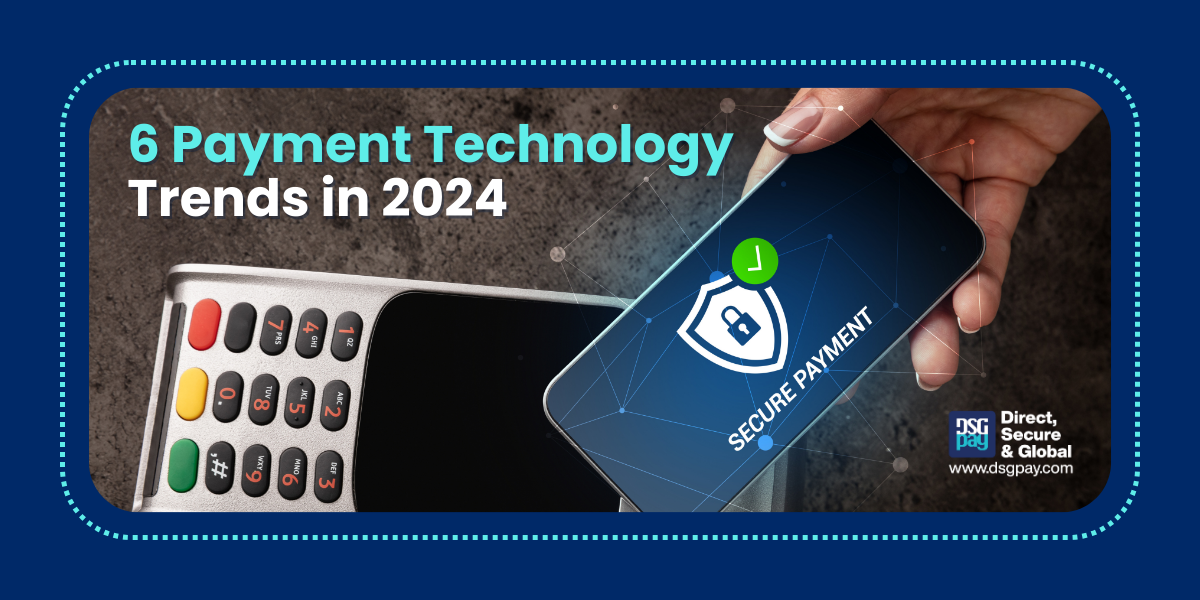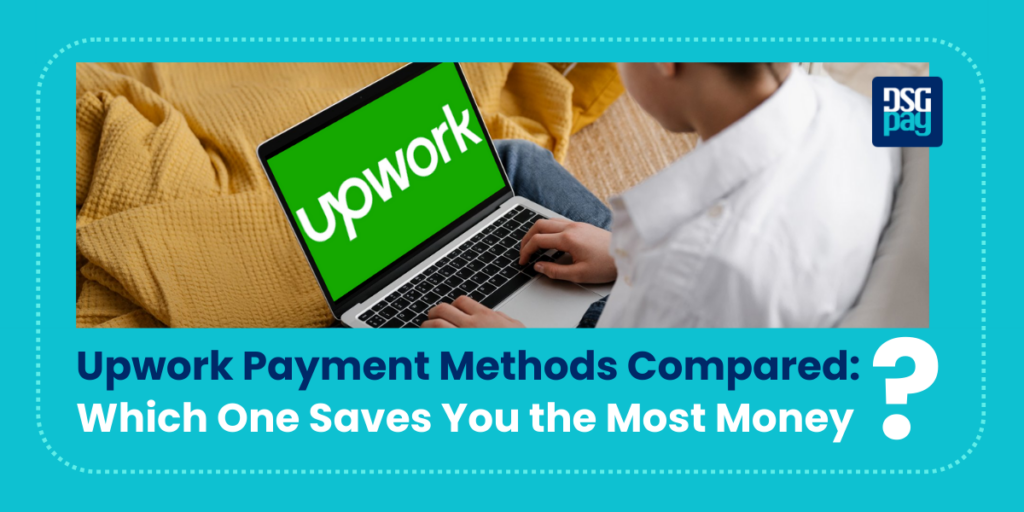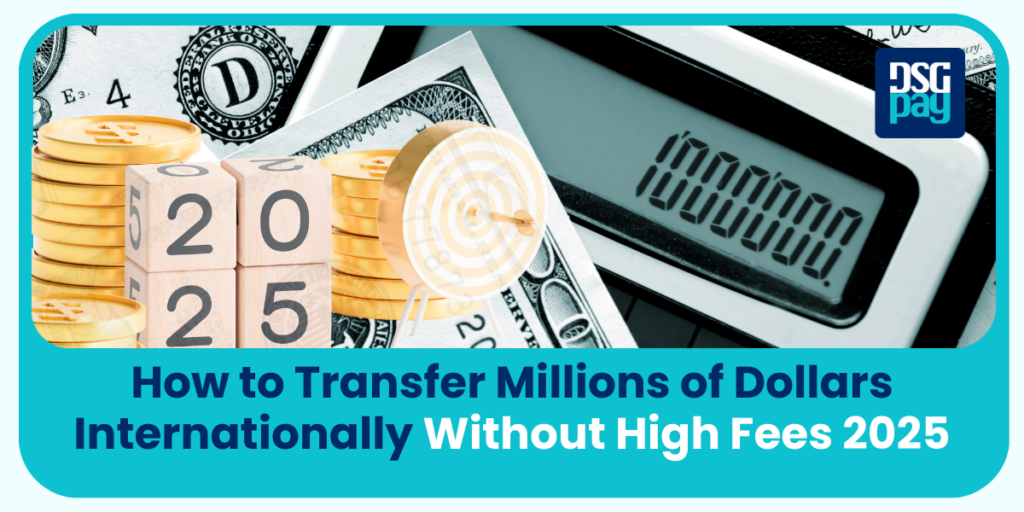As technology continues to advance, the world of payments is constantly evolving. From new payment methods to innovative security features, payment technology is changing how we conduct transactions. Here are some of the latest trends in payment technology shaping the future of payments in 2024
Mobile Payments
The rise of mobile devices has led to an increase in mobile payments. Mobile payment solutions allow consumers to make payments using their smartphones, eliminating the need for physical cards or cash. With mobile payments, transactions can be made quickly and easily, providing a convenient and accessible payment option for consumers.
Contactless Payments
Contactless payments have been around for several years, but their popularity has soared recently due to the COVID-19 pandemic. With contactless payments, consumers can simply tap their card or mobile device to make a payment, reducing the need for physical contact. This provides a more hygienic payment option and a faster and more convenient payment experience.
Biometrics Authentication
Biometric authentication is becoming increasingly popular for verifying identity and securing payments. It is a security process that verifies a person’s identity using unique biological traits. Instead of relying on traditional methods like passwords or PINs, biometric authentication uses physical or behavioral characteristics, such as fingerprints, facial features, voice patterns, or even iris scans. These features are difficult to replicate, making biometrics a secure and reliable method of authentication. This not only improves security but also provides a more seamless and convenient payment experience for consumers.
A practical example of biometric authentication for payments is Apple Pay with Face ID. When making a purchase, users can simply hold their iPhone near a payment terminal and authenticate the transaction by scanning their face. The device uses a 3D facial recognition system to verify the user’s identity, ensuring that only the authorized person can approve the payment.
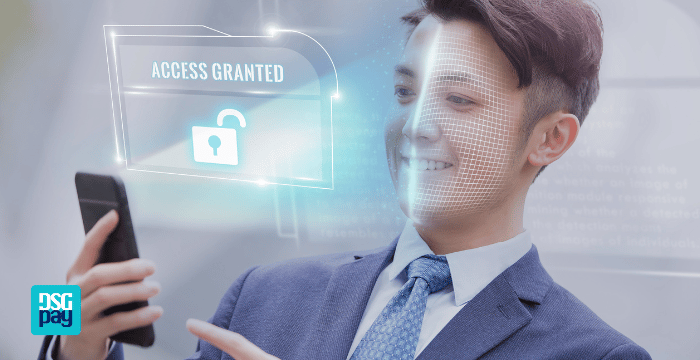
Blockchain Technology
Blockchain technology has gained significant attention in recent years, and it’s not hard to see why. This payment technology offers a decentralized, secure, and transparent way of conducting transactions. By using blockchain, payments can be made directly between parties without the need for intermediaries like banks. This can lead to faster, more efficient transactions with lower fees.
One of the most well-known examples of this payment technology is Bitcoin, a cryptocurrency. Bitcoin transactions are processed and recorded on a blockchain, where every transaction is verified by a network of computers (nodes) and added to the ledger.
Peer-to-Peer (P2P) Payments
Peer-to-peer (P2P) payments are digital transactions that enable individuals to transfer money directly to one another via online or mobile platforms. These systems bypass traditional intermediaries, such as banks, allowing for a more streamlined process. P2P payments are known for their speed, ease of use, and typically lower fees compared to conventional bank transfers, making them a popular choice for quick and convenient money transfers. For example, if you owe a friend $20 for dinner, you can use P2P to send the amount directly to their account using their username or phone number. Once the transaction is complete, the money appears in your friend’s account, and they can transfer it to their bank or use it within the app.
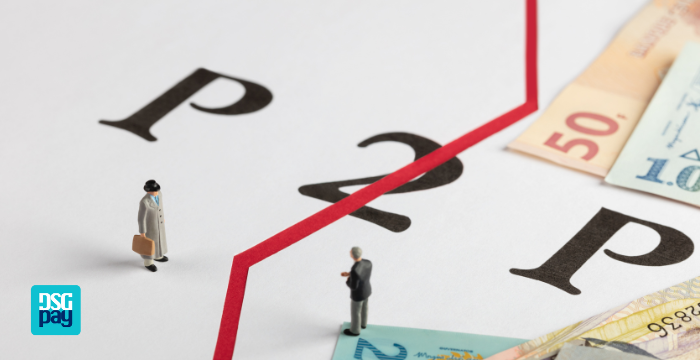
Artificial Intelligence and Machine Learning in Fraud Detection
Artificial intelligence (AI) and Machine Learning (ML) are becoming crucial tools in detecting and preventing fraud. By analyzing vast amounts of data, AI can identify unusual patterns and flag suspicious transactions, minimizing the risk of fraudulent activities. AI is also used to enhance the customer experience by offering personalized payment options and recommendations based on user behavior, which can lead to increased customer satisfaction and retention
Conclusion: The Future of Payment Technology
The future of payment technology is marked by rapid innovation and adaptation to evolving consumer needs. From the rise of mobile and contactless payments to the integration of blockchain and biometric authentication, these trends are transforming how we conduct transactions. They offer increased convenience, enhanced security, and greater efficiency, reflecting a shift towards a more digital and cashless economy. As artificial intelligence and P2P payments continue to grow, we can expect even more groundbreaking developments that will redefine the payments industry. Businesses that embrace these technologies will be better positioned to meet the demands of modern consumers, ensuring a seamless, secure, and efficient payment experience.
